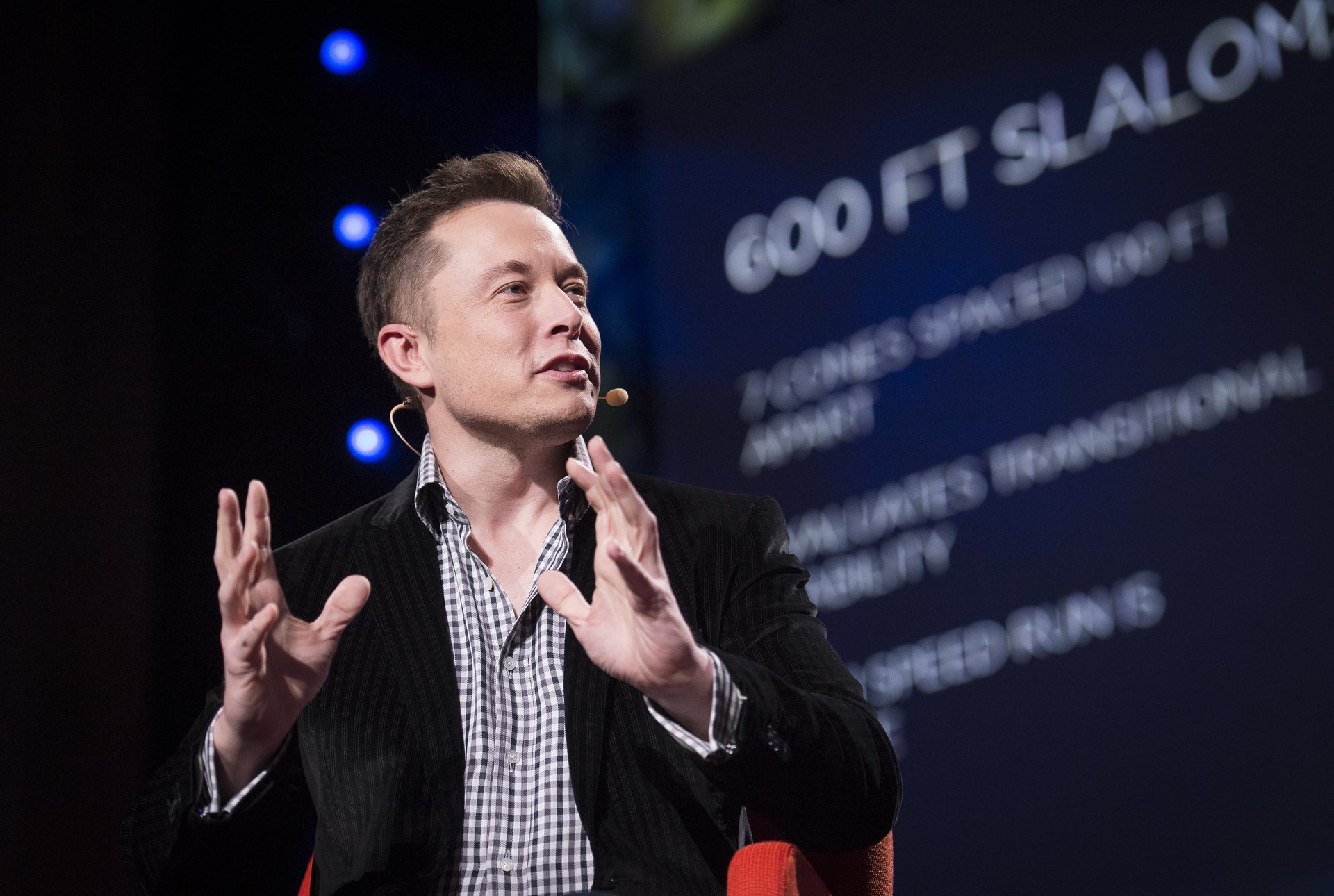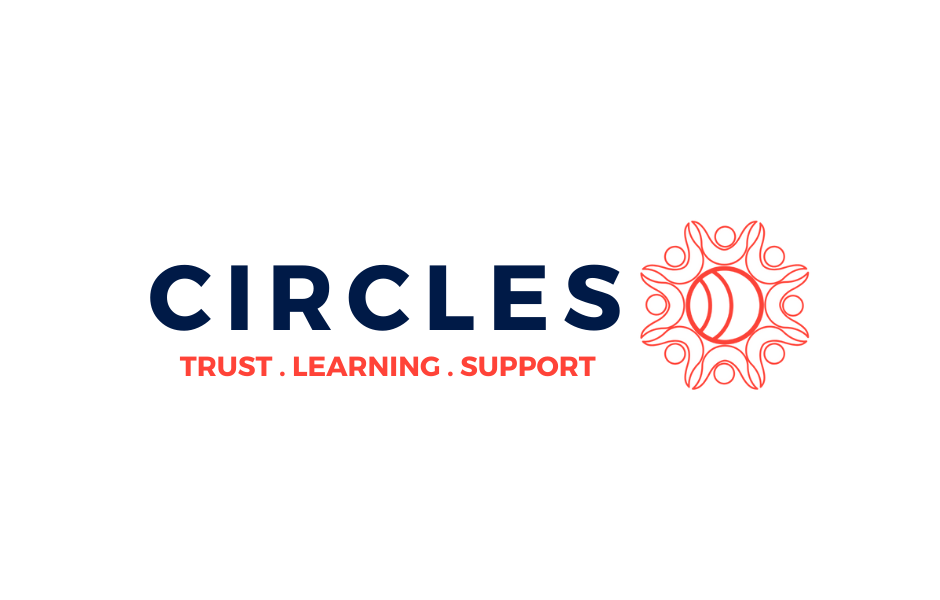Americans See Systems: Data Show an Opening to Advance New Thinking on Stubborn Social Issues
Nat Kendall-Taylor
CEO
FrameWorks Institute
@natkendallt
It’s time for foundations and nonprofits to invest in communications and narratives that center systems.
Knowing how to do this effectively is essential. But the first-order question is, why? Or more precisely, why now?
In times of intense societal turmoil—during the Great Depression or after the attacks on 9/11—the ways in which we see and make sense of the world tend to shift. It is in these moments that cultural mindsets—the largely subconscious understandings that shape how we perceive the world—are thrown into flux. New research suggests that culture is changing, and as it moves, nonprofit and foundation leaders can push change forward with new-found pace and power.
For many Americans, a systemic mindset—a way of thinking that takes into account how our neighborhoods, laws, institutions, and policies advantage some over others—has been gaining ground.
To understand what that shift means, why it’s happening, and the ways that foundation and nonprofit communication leaders might tap into it, we must understand that individuals simultaneously hold multiple ways of seeing and understanding the world. This new research is telling us–in ways we haven’t seen since we started studying American cultural mindsets more than 20 years ago–that the balance between individualism and systemic thinking is changing. Americans are increasingly sensitive to the ways that systems and structures–not just individual effort–shape our lives and create inequality. For example, 60% of individuals from our nationally representative survey support the idea that our economy is a designed system rather than a natural force.
Individualism has been deeply ingrained in the American psyche since the founding of our country. This “bootstraps” mentality leads us to see people’s lives as the product of their choices and how hard they try. It’s so deeply embedded in our brains because of the near constant drumbeat of reminders. It’s a fixture of popular culture (think of the way that alcohol and drug abuse is portrayed in movies, and how this reinforces the idea that the problem is a lack of willpower and the solution is more of it). It’s in the news we consume (think about the “health care heroes” framing of pandemic relief and how this heaps responsibility onto the backs of individuals while letting systems and institutions off the hook). It’s in the stories we hear as children (notice how many of them are tales about individuals triumphing through grit, gumption, and determination alone).
We know stories need strong characters to bring us in, to hook and engage us, to make us listen, and to change our minds and perspectives. But to widen the lens and shake us out of our individualistic way of seeing the world, these stories need to include the things around individuals–relationships, resources, opportunities–that shape lives and outcomes.
Photo: James Duncan Davidson
Individualism is Elon Musk, Bill Gates, and Kim Kardashian. It’s the “self-made” billionaire. It’s a movie we’ve seen over and over again, every day, throughout our whole lives.
Like all cultural mindsets, it’s not that individualism is inherently harmful or that people who hold this way of thinking (i.e., all of us) are wrong. Individualism is true—individual choices matter. Individualistic thinking is important because of the way it boosts our sense of agency and motivates us to exert the power we do have to shape our lives. But as a singular theory of the world, individualism is incomplete — and dangerous.
That’s why our current moment is so important: we have a chance to define the direction and scope of systemic thinking in America. Right now.
When we look at research from pre-2020 and compare it to research since the beginning of the pandemic and the uprisings following the murder of George Floyd, we find an increase in systemic thinking. We see this most powerfully in focus groups where, when we introduce topics of racism and the economy in particular, people talk and reason in ways that acknowledge the role that systems play in creating inequality in ways that they didn’t before spring 2020.
We’ve seen the conversation on racism shift away from one that inevitably focused on individual animus, i.e. that the root of racism lies in the hearts and minds of a small number of evil and hateful individuals. In our research since June of 2020, we have seen a dramatic rebalancing of these discussions and an increased focus on the ways in which our laws, policies, and institutions overburden, under-resource, and even cause direct harm to people of color. This means less of a focus on crooked cops and more attention on the systems that train and incentivize police. We’ve seen a similar shift in thinking about the economy, where people are increasingly apt to see the way that our economic system affects us all and less of a focus on hard work and diligence as the ultimate explanation for why so many Americans are struggling.
This isn’t to say that America’s individualism mindset is on its way out. Our research shows that individualistic ways of looking at the world and social problems remain dominant for every major demographic group of Americans no matter how you slice the numbers. On a forced choice question designed to measure this mindset, which asked participants whether they thought that: “What happens to an individual in their life is primarily the result of the choices they make,” or whether “What happens to an individual in their life is primarily the result of how our society and economy are organize,” individualism won over the last two years by a margin ranging from 23% to 39%.
But the fact that Americans are thinking more systemically suggests that our recent collective experiences– some combination of societal turmoil and its exposure of the deep flaws in our systems paired with how we have communicated around these issues–are creating a richer, more nuanced understanding of the problems we face and the solutions we require.
This presents an important opportunity for foundation and nonprofit leaders to jump on some of the mental momentum and lean in on systems in their communications. What does that look like? We need to create and repeat ad infinitum clear and understandable examples of the ways systems affect our lives, how they are designed by people to do what they do, and therefore, that they can—and must—be redesigned to move toward a different future. We need to make sure people can not only see systems as the problem, but recognize that addressing them is part of the solution.
One way to do this is to call out the ways in which we have decided to act systemically and the good things that have happened as a result. For example, when we chose to get families the financial resources they need through the American Rescue Plan, children, families, and the economy benefited. We chose to help out businesses that were struggling early in the pandemic and our economy bounced back in a way that would have been impossible without these interventions.
We need more engaging stories about systems, resources, supports, places, and relationships and their effects on people and society. Kings and Queens, a collaborative effort from the Partnership for the Future of Learning is an example of this and there are others–the key is to show how individuals affect and are affected by the neighborhoods, communities, and systems in which they live. These kinds of stories–rather than those that attribute success or failure of individual will power–give people more practice in thinking with this mindset and can further facilitate the rebalancing we’re seeing. A population that can simultaneously see the role of individuals and systems is one well-situated to take on complex problems and find the right solutions.
Although large-scale systemic reforms like Build Back Better and the Green New Deal have failed to gain traction, we have made gains on a deeper and perhaps more enduring front. If we make good use of the opportunities given by this challenging moment we can shift culture in ways that will shape our society’s decisions for decades to come.


